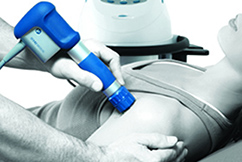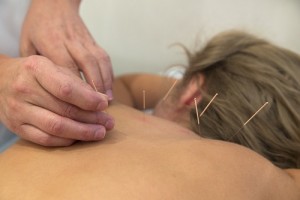As the warmer time of year arrives (YAY!!) there is no better time to get outside. This is by far my favourite time of year and, I think, the easiest time to exercise.
With the days growing longer, the weather warming up and the excitement of summer, it is the perfect time to take your workouts outside! The doom and gloom of winter is passing and what nicer place to be than at the beach with the smell of salt and the feeling of sand between your toes. So my suggestion to you is to take your workout to the beach (or at least the park – but I’m a sucker for the beach). Here’s a few tips.
Running at the beach is amazing! If it’s something you haven’t done much of, ease into it to lessen the risk of injury.
• Start with walks on the firmer surface
• Ease into running without shoes
• Even if you are used to running, start with short distances
Once you’re there the benefits are astounding including more challenge for strength and stability in the knees and ankles!
Take your circuit to the beach! Burpees, short sprints, squats and lunges are way more challenging at the beach than indoors or at the park, and you can always take a bag to fill with sand to add some weight.
Join a boot camp. There are always plenty of options for exercise around and if you find motivation tricky a boot camp may be the way to go. Take a friend to make sure you will both commit. Over summer, there’s usually a few good ones happening around the water.
If land exercise really isn’t your thing I would absolutely recommend taking up surfing, body boarding, kayaking or even paddleboarding. All are great exercise and are a bit more water based to change it up. Most coastal areas have rental options so you can give it a try first.
Who could argue that the best part of exercising at the beach on a warm day is the cool down swim at the end? With the water right there why not? Just be careful not to swim too far after a tricky session.
If you are unsure if any of these options are safe for you or you have an injury that could prevent you from joining in, come into Enhance Physiotherapy and we can help you recover and get you involved!
Megan




